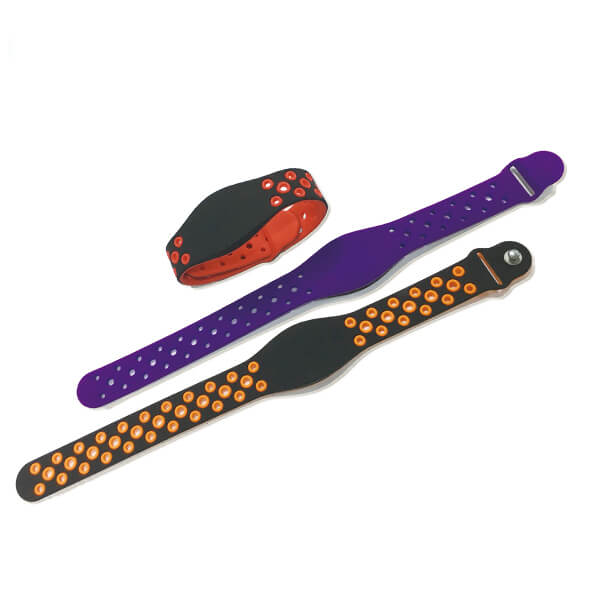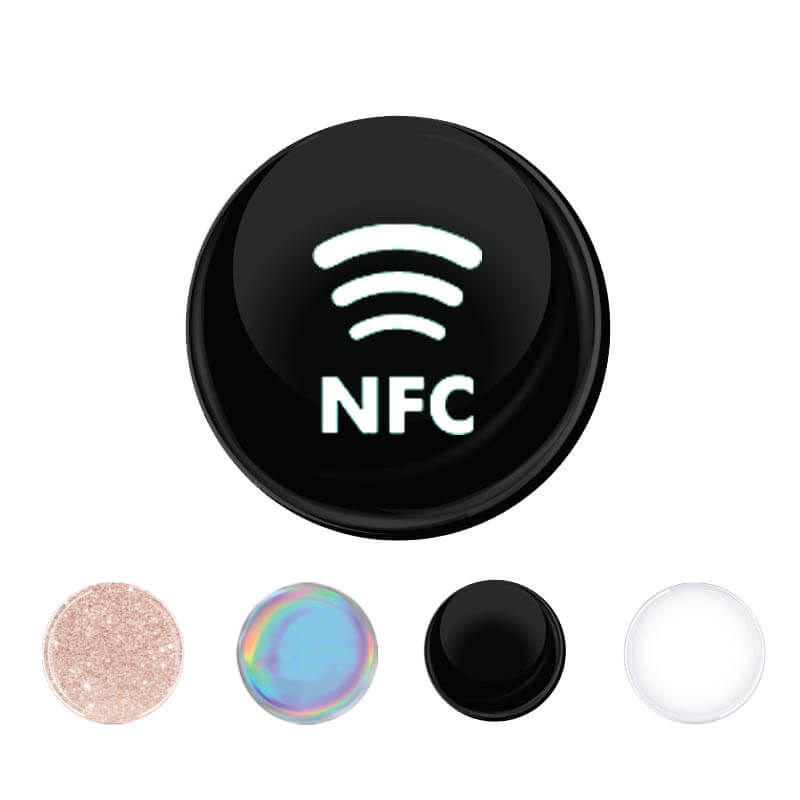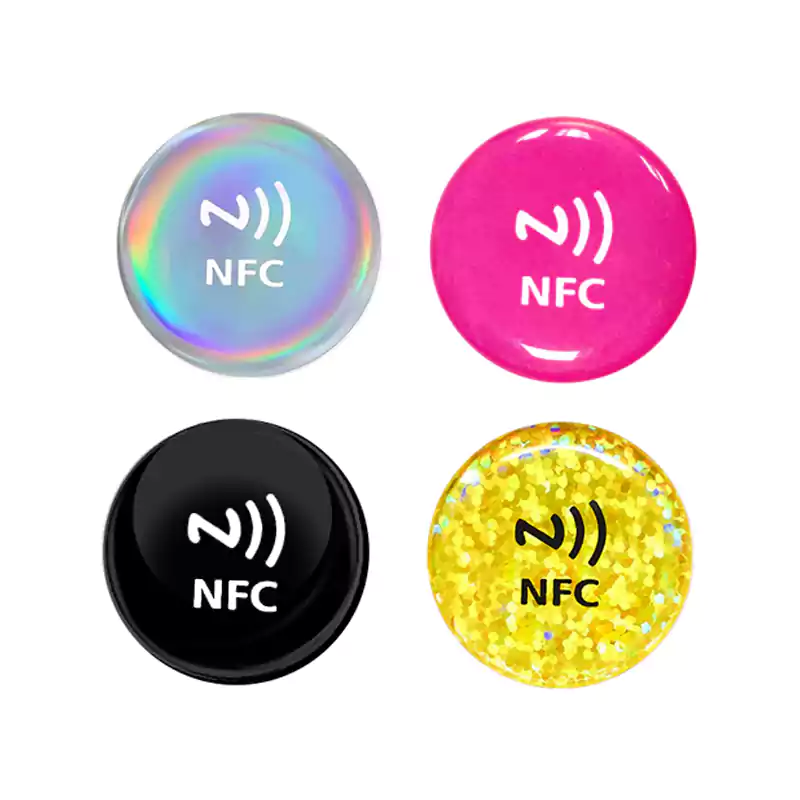RFID inlays, RFID tags and RFID labels are all major components in RFID systems. But what are the differences between them? How do you know which technology is right for your customer’s needs? In this blog post, we’ll explore the features of each type that need to be weighed when selecting RFID technology solutions for various jobs.
Setting up an RFID system may seem daunting with all of the different components available; however, at its most basic level it consists of hardware such as readers, antennas and tags.
Many are familiar with these three terms but are not aware that there is a difference between inlays, labels and tags – they vary by their individual structural pieces. The most essential ones include an integrated circuit containing stored data or processing logic based on protocol and also a tag antenna which receives & transmits signals from interrogators (readers). To ensure success when deploying any sized project thus requires attention to detail specific parts!
RFID Inlays, RFID Tags, RFID Labels – What Are They?
Ready to explore the world of RFID? Get familiar with an inlay, tag and label – three essential elements that make up every successful RFID system. Unlock the power today!
RFID Inlay:
An RFID Inlay is a combination of an RFID chip (IC), Tag Antenna and a Substrate, typically placed on a thin film material. Depending on the construction of the inlay, a rfid wet inlay will include an adhesive layer bonded to the substrate or alternatively, be referred to as a dry inlay without an adherent layer. Both rfid wet and dry inlays have their individual purposes based on the application and should be assessed by the product designer prior to making any final decisions.
RFID Label:
RFID Labels (also known as Smart Labels) are a productive and cost-effective alternative to traditional Barcode or RFID Inlay solutions. RFID Labels combine an RFID Inlay with a paper label in one device that combines the advantages of both technologies.
These labels have become increasingly popular in fields ranging from logistics and warehouse management to retail, where the convenience and accuracy of an RFID Label has enabled streamlining of processes. With an increasing number of applications emerging where these labels can be put to use, their adoption rate is expected to remain strong over the coming years.
RFID Tag:
If an RFID Chip and the Tag Antenna are encapsulated (to protect the components or for ease of use case), then it’s an RFID tag.
Differences Between RFID Inlays, RFID Tags, and RFID Labels
RFID inlays, RFID tags, and RFID labels are all distinct components of RFID systems. RFID inlays consist of RFID chips affixed to antennae and can be embedded into many types of materials. RFID tags are complete units that don’t need to be integrated into other materials and RFID labels contain RFID tags professionally printed on them.
Each component serves a different purpose and has a different cost associated with it – while RFID inlays generally offer the least expensive cause of entry,RFID labels are more cost-effective for large deployments due to their low unit cost. Ultimately, the selection between the three components depends on the application itself.
RFID inlays, tags, and labels – each presents unique features that will suit different customer needs. Choosing the right one depends on what kind of job the device should be suited for. As experts in the RFID industry, we at WXR understand all these technologies and their various limitations. We can easily help you find an appropriate product for your application.
Whatever your needs are, from asset tracking to monitoring warehouse conditions , we’re confident our solutions are second to none! Ready to get started? Our knowledgeable team is ready to help you find the perfect product for you today. Contact us today and let us know how we can make your vision a reality!
- What are RFID Standards? An All-Inclusive Guide
- 12 Best NFC Tag Uses That Will Make Your Life Fun
- A Guide to Buying RFID tags and Equipment.
- 6 Crucial Factors that Affect RFID Read Range – A Detailed Guide
- LF, HF, and UHF Frequency: What’s the Difference?
- A Guide to RFID Tags Types And What are they Difference
- Top 10 Benefits of Passive RFID Tags
- What Materials Are Used to Make RFID Tags?









